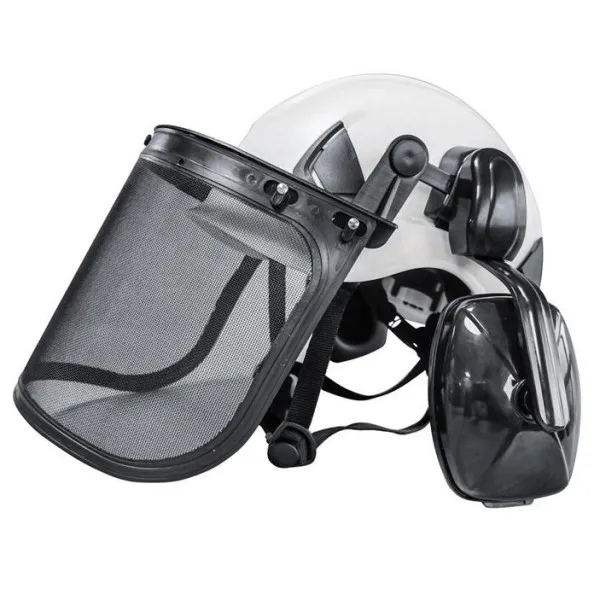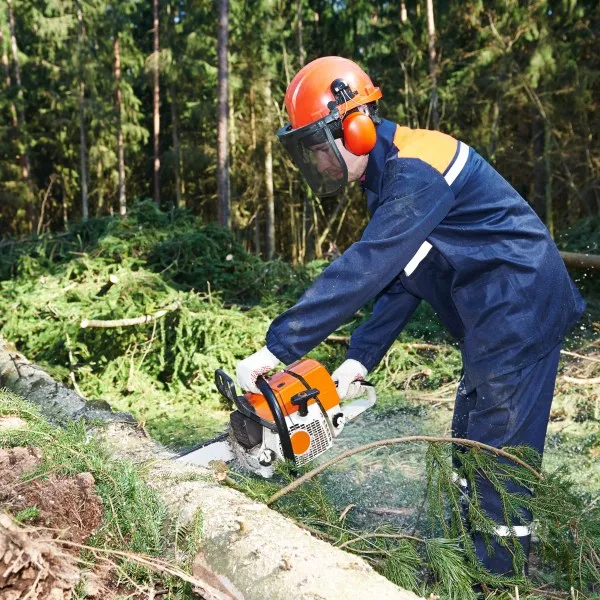
Forestry and tree cutting expose workers to intense noise and physical risks, with CDC data showing 14% of agriculture, forestry, fishing, and hunting (AFFH) workers facing hearing difficulties due to prolonged exposure above 85 dB. PPE serves as a critical safeguard. This guide covers key noise hazards, hearing protection comparisons, additional gear, and actionable practices—tailored for safety without excess details.

Forestry noise builds cumulatively, triggering OSHA requirements for protection at 85 dB (action level) and mandatory use above 90 dB for an 8-hour shift. Common sources include:
Select gear based on NRR (decibel reduction) and fit—real-world effectiveness drops 30-50% with poor use, per NIOSH. For forestry's rugged demands, compare options below, drawing from arborist feedback and safety standards:
For extreme noise (e.g., 8+ hours over 90 dB), layer plugs under muffs for dual protection.
Logging ranks highly dangerous, with 54 fatalities in 2022 (rate: 100.7 per 100,000 workers) per BLS. Prioritize these for comprehensive coverage:


Habits amplify PPE: 40% of injuries tie to misuse. Streamline with these:
Carry first-aid and know site exits for quick response.